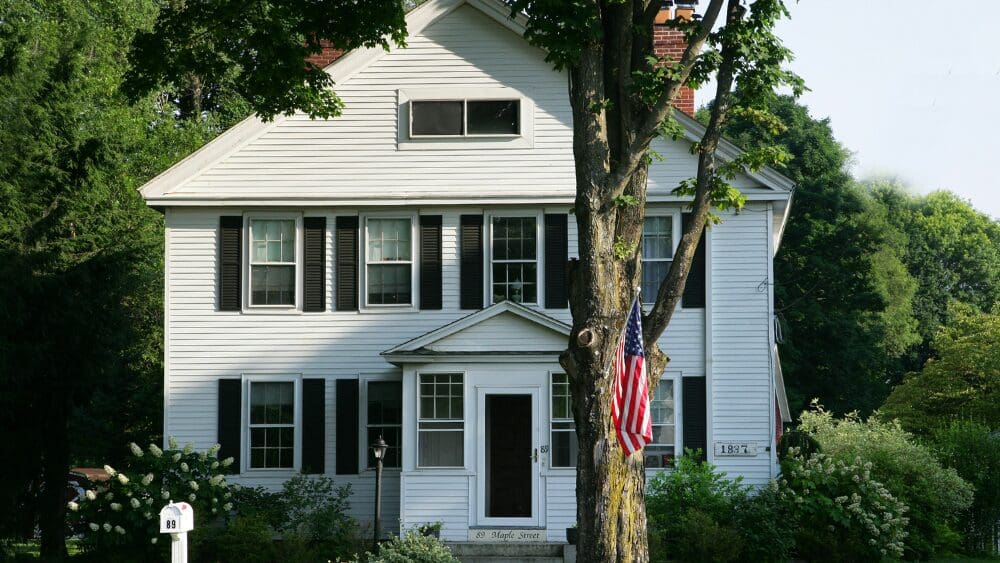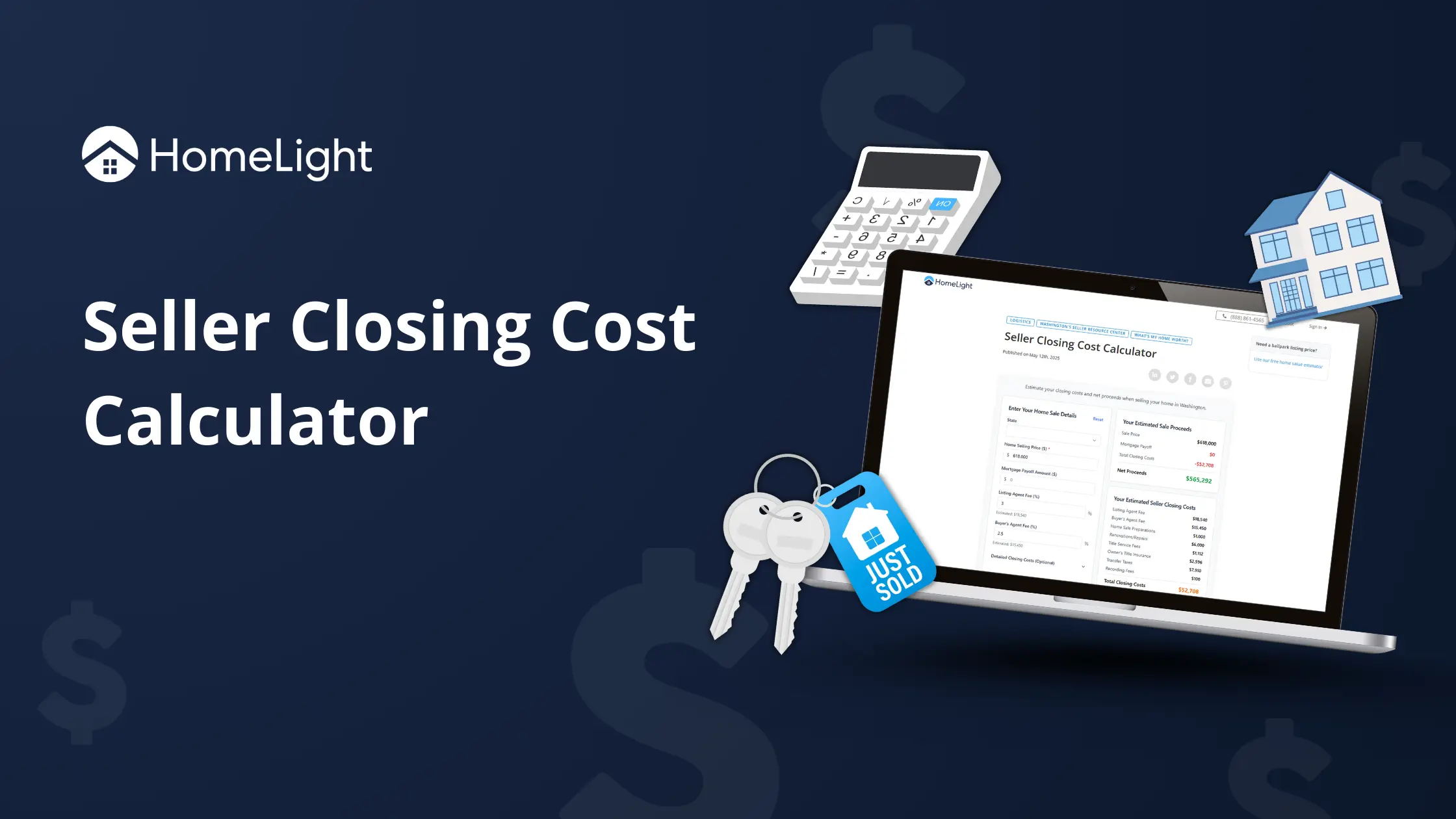
It sounds counterintuitive: to sell your home for the highest possible price, you should list it for less. Yet, this pricing strategy is a common tactic used by top real estate agents to spark buyer interest and ignite a home bidding war. But is this the right strategy for your home sale? Success depends on a combination of factors, including timing, your property’s appeal, and most importantly, the expertise of your real estate agent. Miscalculate (or mis-hire), and you could leave significant money on the table. And in the wrong market, this practice can backfire. In this post, we explain when you should consider pricing low to get multiple offers, and how to find an agent who can help you maximize your proceeds.
A bidding war occurs when two or more buyers compete for a home, submitting progressively higher offers to outbid one another. Pricing a property slightly below its fair market value is a strategic move to attract a larger pool of potential buyers and increase the chances of a bidding competition. When handled properly, this creates a sense of urgency that can ultimately drive the final sale price well above your initial asking price. This is not just a hope-for-the-best strategy; there’s a psychology and buyer behavior angle behind the maneuver. A below-market price makes your home visible to a wider audience, including buyers who might have been searching in a slightly lower price bracket. This initial “good deal” perception draws them in. Once multiple buyers attend an open house and see the competition, the fear of missing out (FOMO) takes over. Potential buyers become emotionally invested and are more willing to increase their offers to win, often pushing the price beyond what they might have initially paid if the home were priced at market value from the start. However, this approach doesn’t work for every home or every market.How can pricing low create a home bidding war?



